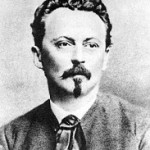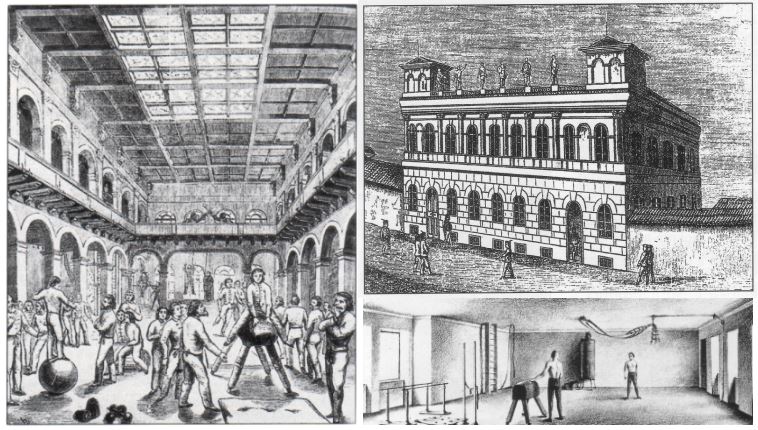Prague, Czech Republic, Europe.
The meeting will take place in the historic building Tyrš House in the very centre of Prague. In the immediate vicinity of picturesque Kampa at Vltava river.
History of the Tyrš House

Miroslav Tyrš
Since 1921, Tyrš House, also known more historically as Michna Palace, was owned by the Czechoslovak Sokol Village, an important national-orientated physical-education organization.
The Sokol was founded by Miroslav Tyrš and Jindřich Fügner in 1862 as the first physical education organization in the Austro – Hungarian empire at a time of political freedom in the 1860´s.
Michna Palace is in the Lesser Town of Prague and makes a part of Tyrš House.

Jindřich Fügner
This early baroque palace is one of the largest palaces in Prague.
There is a Museum of Physical Culture and Sports inside and also representative and social premises suitable for social events of any size.
The history of this building is interesting. At the end of the 16th century, in the place of a convent of Dominican nuns, count Jan Kinský (Jan Vchynský of Vchynice, Karlštein burgrave) had a renaissance suburban summer palace built. The probable author of the palace was architect Ottavio Aostallio. Over the course of years the building changed several aristocratic owners. Each of them made some building modifications.
In 1623, it was bought by aristocrat Pavel Michna of Vacínov, who, with his son had it turned into a representative baroque palace. The author of this reconstruction was supervised by Italian architects Francesco Carrati and Pietro Colombo in the style of 16th century Roman palaces.
In the second half of the17th century the palace changed its owner. New owner was Jan Sitzendorf and then it was obtained by Jan Adolf Schwarzenberg. But in 1763, the palace was sold by the Schwarzenbergs to Jan Bornschein. Then he sold it to the army administration. During the next 150 years, the building started to decay.

Sokolovna — The gym for the Sokols (designed by Vojtech Ignaz Ullmann 1863 )
Then in 1921 the ruins were bought by the Sokol and it started additional reconstruction. In an announced contest for reconstruction the project of architect Krásný won.
Dressing rooms, a gymnasium, and a large Sokol’s lodging house were built there. Under the gymnasium there is a swimming pool 20 metres long.
The former baroque palace was reconstructed into a modern gymnastic and social institution and bears the name of the Sokol founder Miroslav Tyrš. The statue of Miroslav Tyrš made by sculptor Šaloun was unveiled in 1926 in the first courtyard.
After February putsch in 1948, the Sokol was destroyed, and the place was turned into the Institute of Physical Education. After November 1989 Tyrš House was given back to the Czech Sokol Village.



